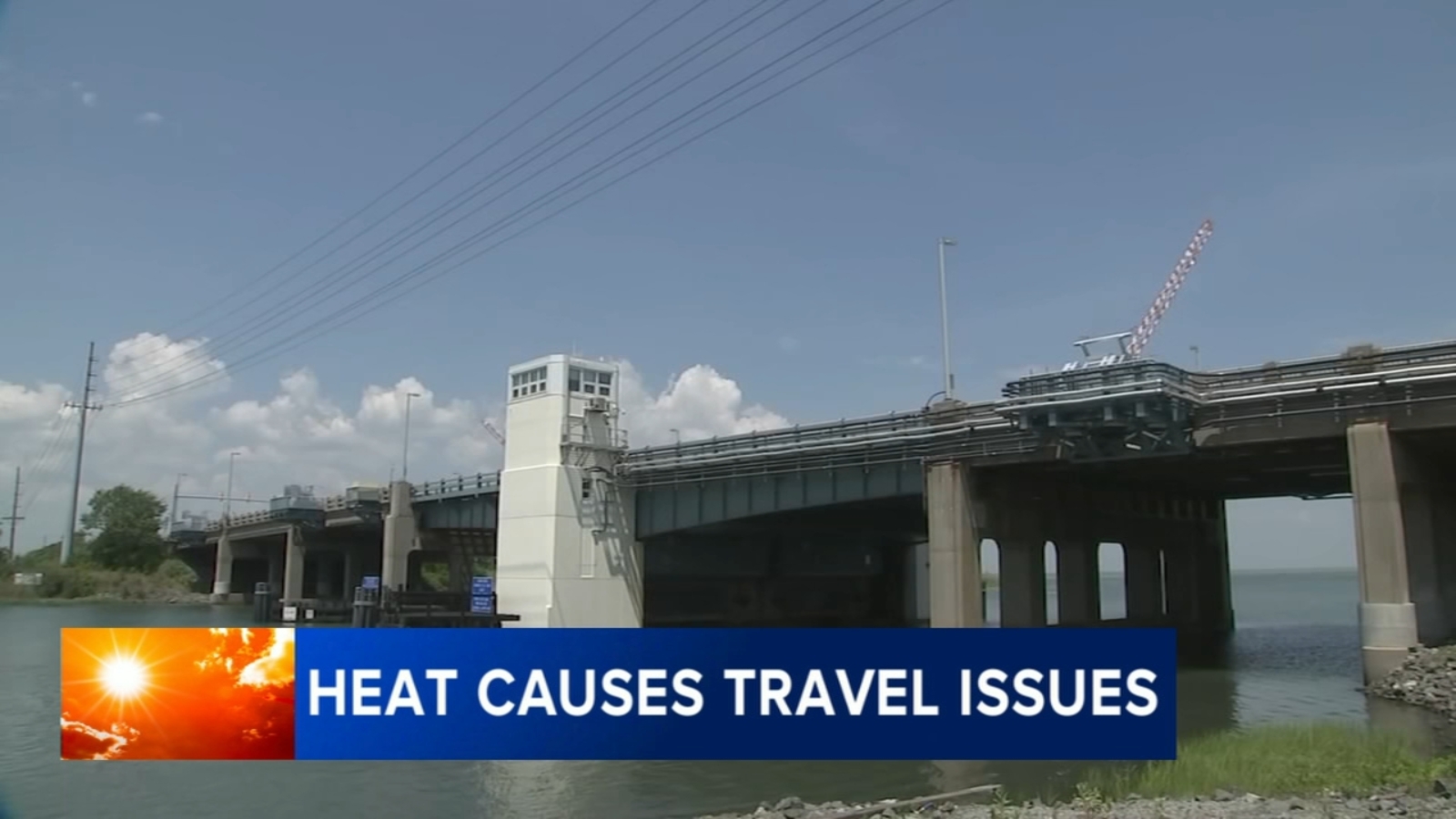The relentless grip of a severe heat wave has profoundly disrupted daily life, transforming routine commutes into arduous challenges and straining essential transportation infrastructure across the region.
For days, millions of commuters have grappled with the oppressive temperatures, desperately seeking respite while navigating their journeys, often under conditions exacerbated by the scorching sun.
The extreme weather has directly impacted critical infrastructure, as evidenced by the Route 30 bridge in Atlantic City, which became stuck in an open position for several hours. This critical artery, vital for New Jersey traffic, required emergency repairs attributed to the intense heat, underscoring the vulnerability of our transportation systems to such environmental stressors.
Beyond road networks, the cascading effects of this heat wave have extended to air travel, with numerous flights experiencing delays and cancellations. Pop-up thunderstorms, a common companion to high temperatures, further complicated air traffic, compounding the travel disruptions faced by passengers.
Roadside assistance services, particularly AAA towing, have witnessed an unprecedented surge in demand this week. The excessive heat significantly increases the likelihood of vehicle breakdowns, placing immense pressure on response teams striving to aid stranded motorists and ensure commuter safety.
Experts and authorities consistently advise travelers to exercise extreme caution and undertake meticulous planning when venturing out during these hazardous conditions. Simple precautions, such as ensuring vehicles are well-maintained, staying hydrated, and checking for real-time travel updates, are crucial for mitigating risks.
The recurring nature of these intense heat wave events highlights a growing concern for urban planning and public safety. Such extreme weather phenomena not only pose immediate threats but also necessitate long-term strategies for reinforcing infrastructure against future climate challenges, particularly in densely populated corridors experiencing significant New Jersey traffic.
Ultimately, navigating the current climate demands heightened awareness and proactive measures from every individual. Prioritizing personal well-being, understanding the potential for widespread travel disruptions, and adhering to official advisories are paramount for ensuring collective commuter safety in the face of ongoing environmental extremes.






Leave a Reply